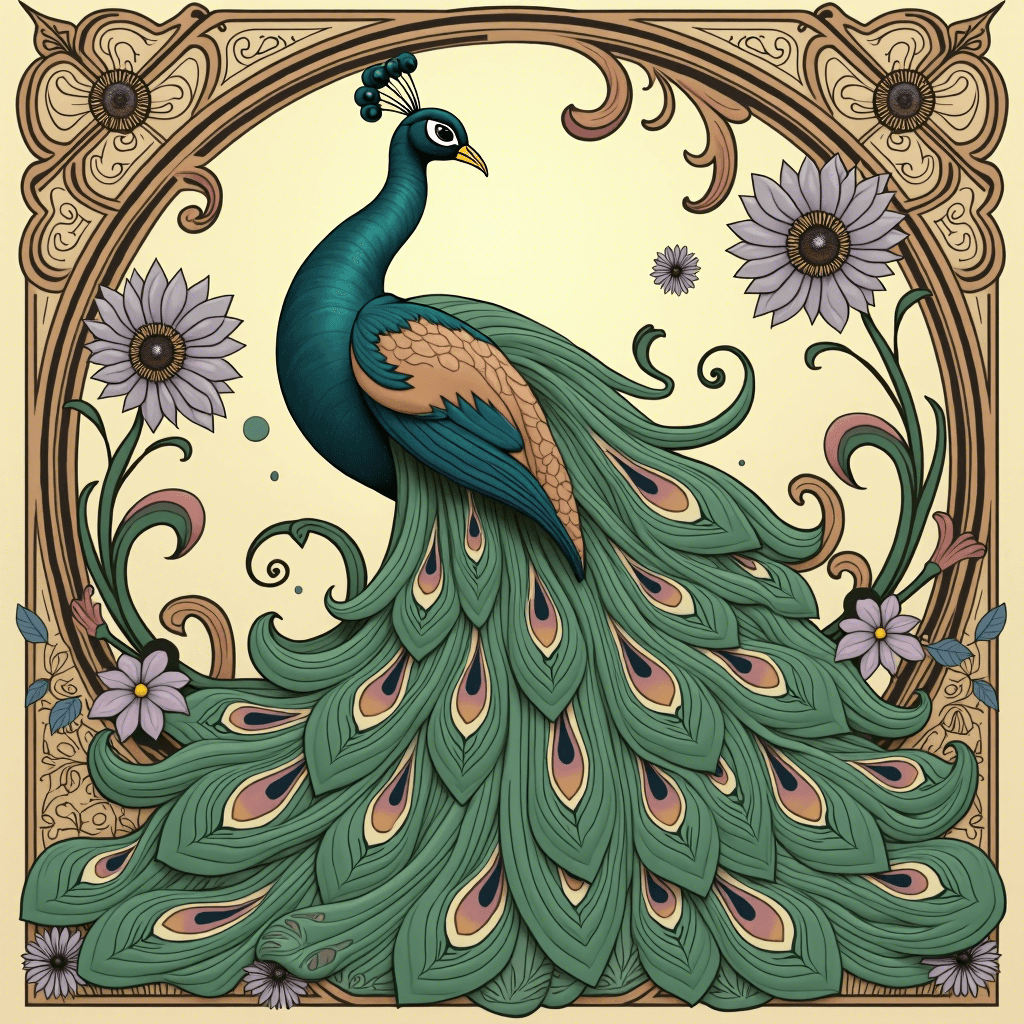
Art Nouveau
A late 19th to early 20th-century art movement characterized by flowing lines, organic forms, and nature-inspired motifs, often used in architecture and decorative arts.
Quick Navigation
External Resources
Overview
Origin
Europe (France, Belgium, Austria)
Historical Period
1890–1910
Cultural Significance
Art Nouveau was a reaction against industrialization, emphasizing natural forms, craftsmanship, and beauty in everyday objects, from posters to architecture.

Historical Timeline
1890-1895
Movement emerges in Belgium and France
1895-1905
Peak period across Europe
1914
Decline with onset of World War I
Techniques
Flowing, curvilinear lines inspired by nature
Use of glass, iron, and ceramics in architecture
Nature-inspired motifs like flowers, vines, and insects
Asymmetrical compositions with a sense of movement
Cultural Context
Art Nouveau was a reaction against industrialization, emphasizing natural forms, craftsmanship, and beauty in everyday objects, from posters to architecture.
Did You Know?
Art Nouveau was inspired by the natural world, with artists like Alphonse Mucha using flowing lines to mimic the curves of plants and flowers.